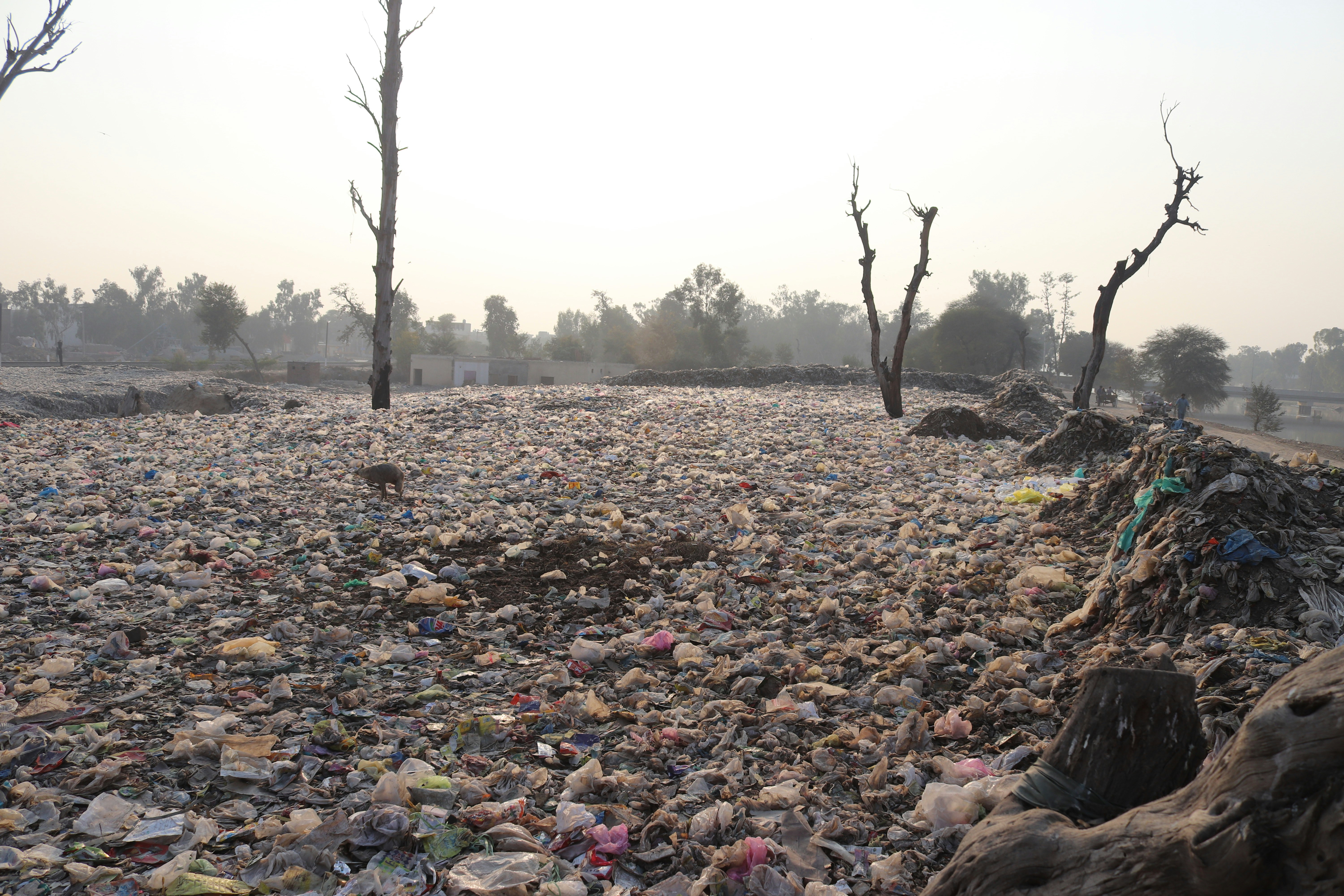Plastic pollution has become one of our most pressing environmental challenges. Plastic waste is wreaking havoc on ecosystems, wildlife, and even human health from oceans filled with microplastics to overflowing landfills. But here’s the good news: every individual, business, and government can contribute to tackling this crisis. Wondering how? Let’s dive into practical steps and solutions for reducing plastic pollution.
What is Plastic Pollution?
Plastic pollution refers to the accumulation of plastic objects and particles in the environment, harming wildlife, habitats, and humans. Common examples include plastic bottles, straws, bags, and microplastics from cosmetics and clothing. These materials take hundreds of years to decompose, making them a persistent problem.
The Effects of Plastic Pollution
 On Marine Life
On Marine Life
Plastic waste often ends up in oceans, where it harms marine species. Animals like turtles, dolphins, and seabirds ingest plastic or become entangled in it, leading to injuries or death.
On Ecosystems
Land-based ecosystems also suffer as plastics leach harmful chemicals into the soil and water, disrupting plant and animal life.
On Human Health
Microplastics have been found in food and drinking water. They can potentially enter the human bloodstream, causing health issues over time.
The Main Sources of Plastic Pollution
- Single-Use Plastics: Items like straws, cups, and packaging make up a significant portion of plastic waste.
- Industrial and Agricultural Waste: Factories and farms often generate large amounts of plastic waste.
- Improper Waste Management: Littering and poor recycling systems exacerbate the problem.
Why It’s Important to Act Now
Every minute, the equivalent of one garbage truck of plastic is dumped into the ocean. If this continues, scientists predict that by 2050, there will be more plastic than fish in the seas. The time to act is now.
Practical Steps to Reduce Plastic Pollution
Reducing Plastic Use at Home
- Use reusable bags instead of plastic ones.
- Opt for stainless steel or glass water bottles.
- Choose products with minimal or no plastic packaging.
Changes in Shopping Habits
- Support brands that use biodegradable or recyclable packaging.
- Purchase in bulk to reduce packaging waste.
Recycling and Proper Disposal
- Familiarize yourself with recycling symbols and guidelines.
- Set up a recycling station at home to sort waste efficiently.
Government and Corporate Responsibility
Governments can enforce bans on single-use plastics and promote policies encouraging recycling. Businesses, on the other hand, can adopt sustainable practices like using eco-friendly materials and supporting take-back programs.
Community and Grassroots Initiatives
Organizing local clean-up drives is a great way to reduce plastic waste in your area. Community education campaigns can spread awareness about the importance of proper disposal and reduced plastic use.
Innovations in Plastic Alternatives
From biodegradable plastics made from cornstarch to innovative recycling methods, technology offers hope for a plastic-free future. Supporting such alternatives can significantly cut down on pollution.
Role of Technology in Combating Plastic Pollution
AI-powered robots and sorting systems are transforming waste management. Mobile apps that reward users for recycling are also gaining popularity.
The Power of Education
Educating children about sustainability ensures the next generation is more environmentally conscious. Public awareness campaigns can also inspire adults to adopt better practices.
How Businesses Can Make a Difference
Companies can embrace a circular economy, where waste materials are reused or recycled into new products. Partnering with recycling organizations amplifies their impact.
The Role of Advocacy and Activism
Environmental NGOs and movements like Plastic Free July encourage individuals and organizations to reduce their plastic footprint. Joining these efforts can amplify change.
Inspiring Success Stories
From countries banning single-use plastics to innovative start-ups creating plastic-free products, there are countless examples of impactful change around the globe.
Conclusion
Reducing plastic pollution requires collective effort. By adopting eco-friendly practices, supporting sustainable innovations, and raising awareness, we can protect the planet for future generations. It’s time to act—small changes today can lead to a massive impact tomorrow.
FAQs
1. What are some easy swaps to reduce plastic use?
Switch to reusable bags, stainless steel straws, and glass containers. Avoid buying products with excessive plastic packaging.
2. Can biodegradable plastics solve the problem?
Biodegradable plastics are a step forward but aren’t a complete solution. Proper disposal and reduced plastic production are still essential.
3. How can schools help reduce plastic pollution?
Schools can educate students about recycling, organize waste-free lunch days, and conduct clean-up drives.
4. What are some global movements to reduce plastic?
Movements like Plastic Free July and Ocean Conservancy’s International Coastal Cleanup inspire collective action against plastic pollution.
5. How do I start recycling at home?
Set up separate bins for paper, plastic, and metal. Learn your local recycling rules to ensure proper sorting and disposal.



